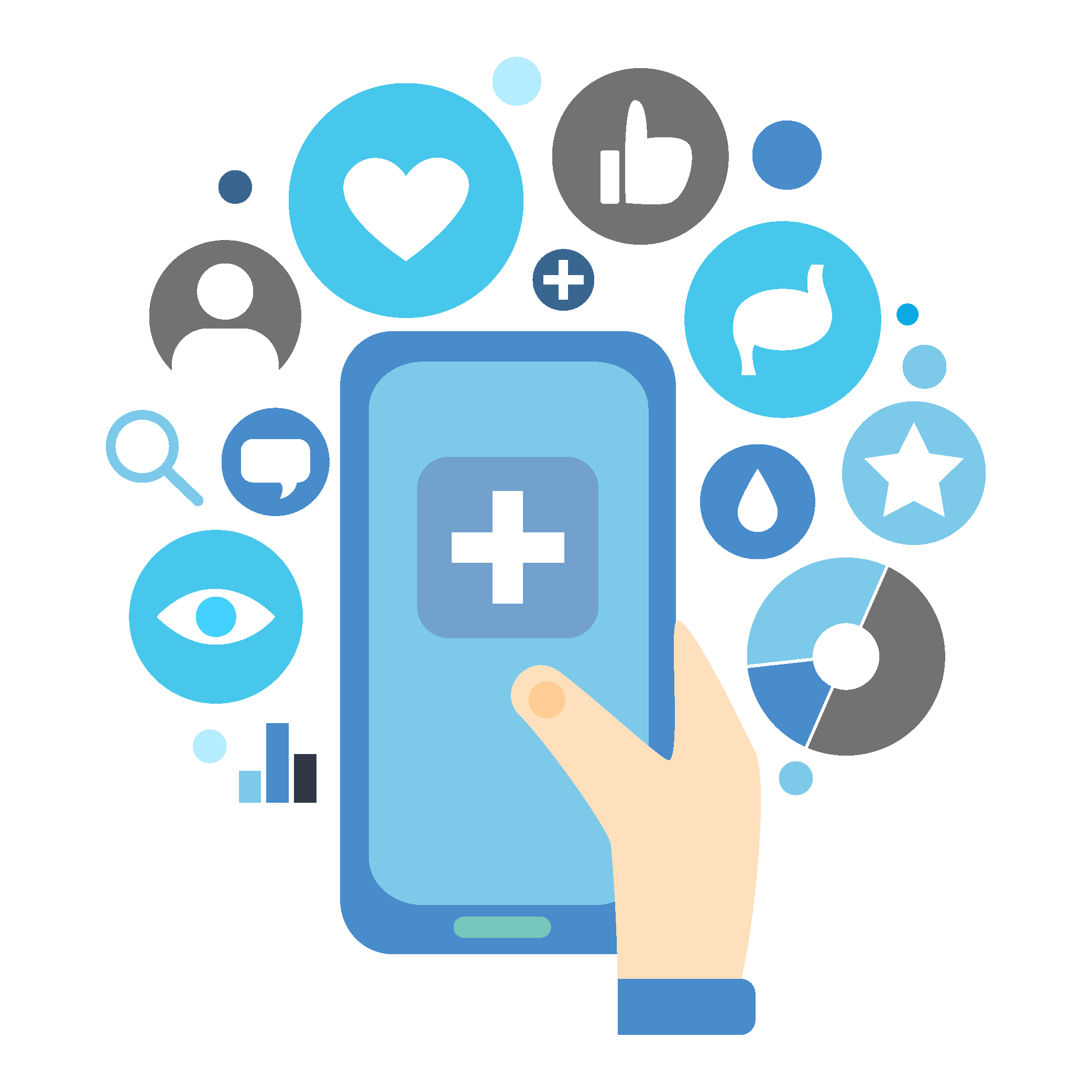
Remote Care Revolution: Patient Monitoring Redefined

Remote Care Revolution: Patient Monitoring Redefined
In the ever-evolving landscape of healthcare, remote patient monitoring (RPM) stands as a transformative force, redefining how patients receive care. This article explores the paradigm shift brought about by RPM, examining its impact on patient outcomes, healthcare efficiency, and the overall landscape of modern healthcare.
The Essence of Remote Patient Monitoring
Remote patient monitoring involves the use of technology to collect and transmit patient data from a distance. This data encompasses vital signs, symptoms, and other health metrics, allowing healthcare providers to monitor patients outside of traditional clinical settings. RPM offers a real-time and continuous stream of information, enabling proactive interventions and personalized care plans.
Continuous Health Surveillance Beyond the Hospital
One of the primary advantages of RPM is its ability to extend healthcare beyond the confines of hospitals and clinics. Patients can be monitored in the comfort of their homes, reducing the need for frequent hospital visits, especially for those with chronic conditions. This continuous surveillance fosters a more comprehensive understanding of a patient’s health, leading to more timely interventions.
Enhancing Chronic Disease Management
RPM plays a pivotal role in the management of chronic diseases. Patients with conditions such as diabetes, hypertension, or